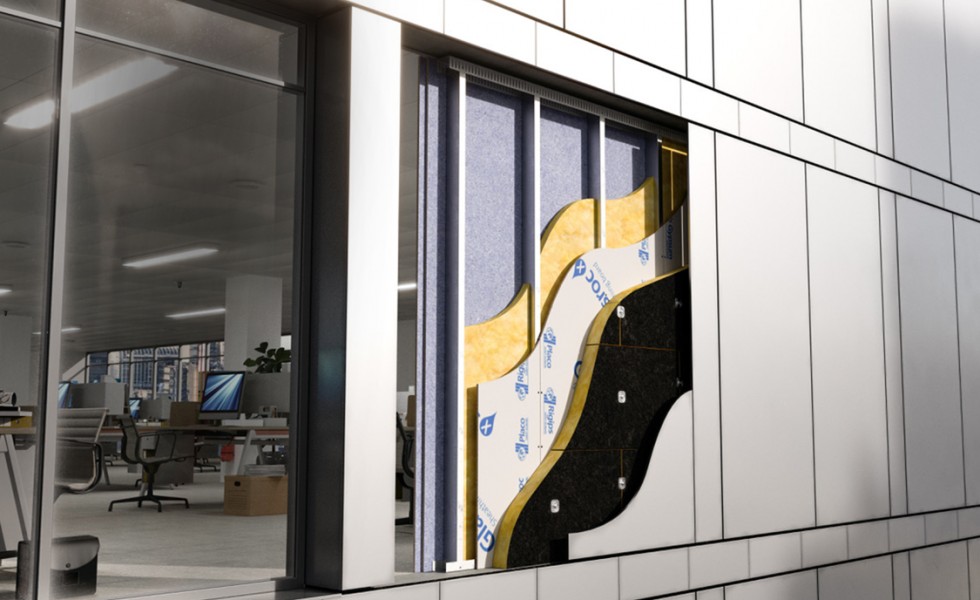Robust Data Bolts Together Building Design
15/5/24
When it comes to designing a building that ticks all the boxes for design, longevity, safety and compliance, having robust and reliable performance data is critical in ensuring a compliant installation, together with long-lasting, high-level system performance.
This is certainly true of non-loadbearing steel framed infill systems (SFS), often used to support cladding, internal linings, and insulation, which includes British Gypsum's through-the-wall system, GypLyner Xternal, for use on external steel frame systems.
This need for up-to-date, independent, and reliable data for all elements of the SFS is crucial. Every building needs to have its own 'golden thread' of information to support those responsible for building safety, not just in the design and construction phases, but throughout the entire lifecycle of the building.
In 2021, British Gypsum, part of Saint-Gobain Interior Solutions, and a leading manufacturer of plasterboard and plaster-based drylining systems, undertook an in-depth review of how it approached marketing and data integrity with regard to product and specification performance data as part of its commitment to complete transparency for all partner construction customers.
British Gypsum's website is fed by a Product Information Management (PIM) system, which provides a central data repository for all product information and technical collateral.
Its industry-revered guide, the White Book Specification Selector, is built upon more than 13,000 full scale tests from the independent and UKAS-accredited Building Test Centre. It means British Gypsum can deliver substantiated fire and acoustic performances as well as a range of options for thermal performances on non-loadbearing SFS infill systems.
For GypLyner Xternal, the manufacturer has a number of tested specifications which use the Hadley light-gauge steel frame structure for the infill panel. It means there are currently 20 different tested specifications on Hadley steel frame components, with fire performances of 60, 90 and 120 minutes. All main system build-up variants are substantiated with fire tests carried out in both directions: 'outside to in' and 'inside to out'.
British Gypsum has also supported key details – such as the deflection head detail below steel beams – with specially developed 'ad-hoc' fire tests to provide performance evidence. Its new Best Practice Guide shows how to install Deflection Heads correctly allowing systems to accommodate vertical structural movement, whilst maintaining fire, acoustic and structural performance, plus the impact of the change between BS 476-22 and BS EN 1364-1.
To ensure that manufacturers produce and present the right information about their products, the Construction Products Association (CPA) recommended the introduction of a Code for Construction Product Information (CCPI) to be a new industry code of conduct to ensure information is clear, accurate, up to date, accessible and unambiguous.
Six British Gypsum product sets were last year validated by CCPI, covering 23 British Gypsum systems, incorporating 300 products. The six product sets are: non-loadbearing metal stud plasterboard partition systems, including shaft wall; non-loadbearing ceiling systems; structural steel encasement systems; ceiling systems below loadbearing timber joist floors; non-loadbearing wall lining systems and proprietary and non-proprietary lining systems incorporating Gypsum products, such as GypLyner Xternal, linings for timber frames and plastering systems.
When it comes to designing and constructing a building, knowing the detail and specification of even the smallest component is essential, with reliable and proven data from reputable suppliers helping to guarantee a safe and compliant specification and installation.
For more information go to: www.british-gypsum.com/specification/white-book-specification-selector
Source: Tall Buildings Magazine - Issue 5 by Radar Communications - Issuu

